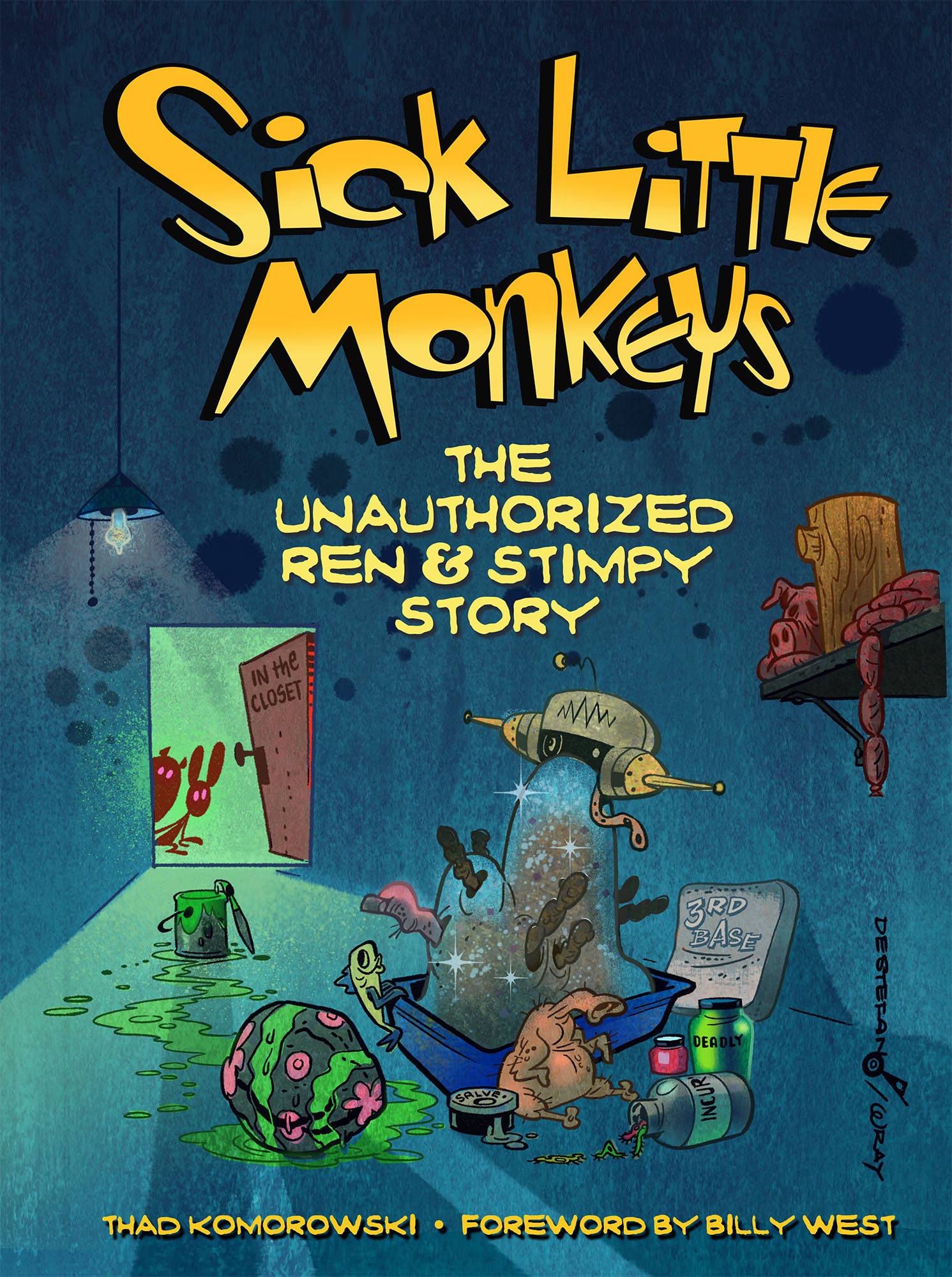As I’ve written in the past, I love Walter Lantz cartoons, from the best ones to every ugly, badly animated frame of film the studio ever put out. It led to me getting involved in creating The Walter Lantz Cartune Encyclopedia. Not to toot my own horn, but it’s a site more useful than anything in print media about the studio. (Though for some reason the site’s current maintainer has removed almost any trace of my involvement, at one point even expunging me from the list of the site’s creators.)
 The site was born out of a frustration over how useless all of the books were on Lantz. Joe Adamson wrote The Walter Lantz Story with Lantz leaning over his shoulder, so unfortunately the best has yet to be told about the inner-workings of the place. Michael Barrier spends hardly any time at all in Hollywood Cartoons talking about Lantz cartoons, but one passage where he did baffled me, when he talks about Knock Knock, the first cartoon with Woody Woodpecker. From page 376:
The site was born out of a frustration over how useless all of the books were on Lantz. Joe Adamson wrote The Walter Lantz Story with Lantz leaning over his shoulder, so unfortunately the best has yet to be told about the inner-workings of the place. Michael Barrier spends hardly any time at all in Hollywood Cartoons talking about Lantz cartoons, but one passage where he did baffled me, when he talks about Knock Knock, the first cartoon with Woody Woodpecker. From page 376:
The Lantz studio’s records listed Lantz as the director of Knock Knock, but the actual director was almost certainly Alex Lovy (who has screen credit as one of two artists; no one is credited as director).
Like others, I had always assumed Lantz did indeed direct many cartoons himself for budgetary reasons, bearing in mind that he had to close down the studio and reopen. (This also seems to have happened again when Lantz reopened in 1950, with him directing that awkward clump of silent Woody Woodpeckers.) It would also be unusual for Lovy to be denied director’s credit, because he and others were given screen credit in the past. Lovy did a lot of animation during this period (in the cartoon in question, the scenes with the decoy), which led me to believe he wasn’t directing if he was animating a lot of footage.
So naturally, being a Lantz nut, I had to write to Mike and ask what he was basing his conclusion about Knock Knock on. An interview with Lovy himself perhaps? That was indeed it. Here’s what Lovy told Milt Gray back on Jan. 24, 1978:
Lovy: Walt did come up with the idea—“How about a woodpecker?”—and he told us the story about just what you’re saying there [the woodpecker pecking holes in Walter’s mountain cabin’s roof]. I designed Woody Woodpecker, and I made the first cartoon, Knock Knock, I directed the first one.
Gray: Mike talked with Lantz back in 1971, and Lantz seemed to say that he was also directing during this period.
Lovy: I can’t recall Walter actually directing and timing any pictures, but if he says he did, he probably did. I just don’t remember. I know I constantly was directing, all the time. He may have directed several of them, or one or two of them, but I don’t remember it.
Gray: But you did direct Knock Knock.
Lovy: Yes, I remember that one very well. I directed almost all of the Woodys from that point on, for several years.
There is an endnote in that paragraph that Mike said was intended to refer back to all the preceding references to Lovy, but it’s still unclear where the information is coming from. This was probably a case where it would have been prudent just to flat out say in the main text that Lovy had said himself who really directed the woodpecker’s debut.
I have no problem believing Lovy, given that the accuracy of Lantz’s own recollections were unreliable at best. The trouble is, it raises even more questions. Why did Lovy not receive screen credit for directing during this period? Was Lantz even really directing himself? And if he was, which pictures were really his and not Lovy’s? And what about that period in 1951-52 – was Lantz really directing then, or was it another animator, perhaps Don Patterson? The Lantz-o-Pedia is one of the best databases of its kind, but we really need a good, proper oral history of the studio.












